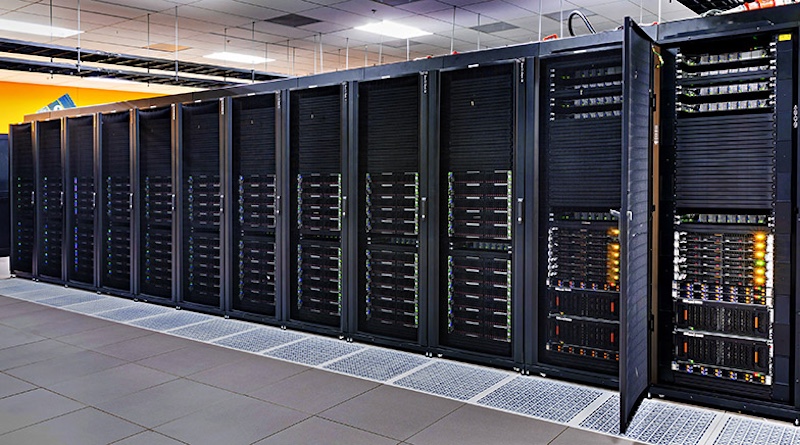Revolutionizing Energy Storage: Solid-State Batteries Take Center Stage
The quest for efficient and sustainable energy storage solutions has reached a critical juncture, with solid-state batteries poised to disrupt the status quo. As the world transitions towards a low-carbon future, the demand for reliable and cost-effective energy storage systems is skyrocketing.
The Problem with Lithium-Ion Batteries
Lithium-ion batteries, the current gold standard for energy storage, have several limitations. They are prone to thermal runaway, which can lead to catastrophic failures, and their energy density is limited by the use of liquid electrolytes. Moreover, the extraction of lithium, a key component, has significant environmental and social implications.
Solid-State Batteries: A Game-Changer
Solid-state batteries, on the other hand, replace the liquid electrolyte with a solid material, eliminating the risk of thermal runaway and increasing energy density. This technology has the potential to revolutionize the energy storage landscape, enabling the widespread adoption of renewable energy sources and electric vehicles.
The Market Opportunity
The global energy storage market is projected to reach $146 billion by 2025, with solid-state batteries expected to capture a significant share. Major players such as Tesla, Samsung, and LG Chem are already investing heavily in this technology, and startups like Factorial Energy and QuantumScape are gaining traction.
Challenges and Opportunities
While solid-state batteries hold immense promise, several challenges need to be addressed. Scaling up production, improving manufacturing costs, and ensuring supply chain reliability are critical hurdles. However, the potential rewards are substantial, with the ability to store energy at a lower cost and with greater efficiency.
The Future of Energy Storage
As the energy storage landscape continues to evolve, solid-state batteries are poised to play a pivotal role. With their potential to increase energy density, reduce costs, and mitigate environmental concerns, they have the potential to transform the way we store and utilize energy. As the industry continues to innovate and adapt, one thing is clear: the future of energy storage is solid-state.






_2.png?w=150&resize=150,150&ssl=1)
.png?w=150&resize=150,150&ssl=1)